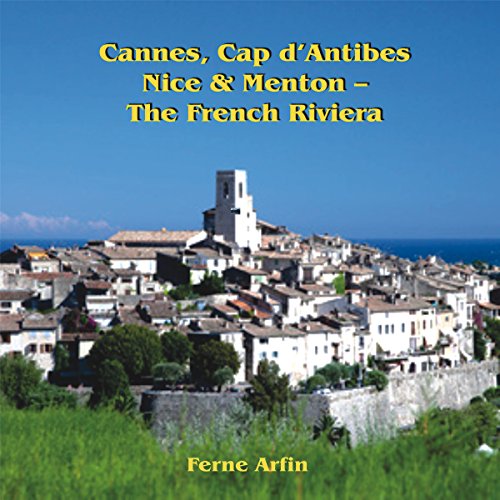In 1834, the British Lord Chancellor, Lord Henry Brougham, was on his way to Nice, still part of Italy and already a popular winter resort with English aristocrats. Because of a cholera epidemic in Provence, the governor of Nice had closed the border so Brougham and his daughter Eleanore were turned back. On their way to Grasse, they stopped for the night at an inn on what is today the Rue du Port in Cannes. Brougham was so taken with the little village of Canoïs that he stayed on, ultimately commissioning a splendid villa named after his daughter.
Two years later, the crême de la crême of London high society, fleeing Britain’s dull winter climate, followed Brougham to Cannes. By 1838, the port was under construction and the spectacular seafront, La Croisette, was underway. Ten years later, palace hotels were going up, a poor fishing village had been transformed into a fashionable winter resort with vast mansions, gardens bursting with exotic blooms, grand avenues and promenades. Cannes had become the coast’s leading resort. Then there is the Cannes Film Festival. Every May, film stars and starlets, filmmakers, film buyers, film investors, producers, publicists and autograph seekers take over the whole town.
If you can elbow your way into Cannes during the festival season, you’ll find them parading along La Croisette, partying on the yachts that fill the harbor, wheeling and dealing in hotel rooms, restaurants and bars. And then there is Antibes. I discovered that I loved Antibes on my first trip to the South of France. It has remained my favorite town on the Riviera ever since. Every house seems bursting with flowers. Geraniums, oleanders, bougainvilla, grape vines, palms and yucca plants tumble out of pots and cover golden stone walls. American millionaires discovered Antibes-Juan les Pins at the beginning of the 20th century. They built enormous mansions on the Cap d’Antibes or took over ones built earlier.








Reviews
There are no reviews yet.